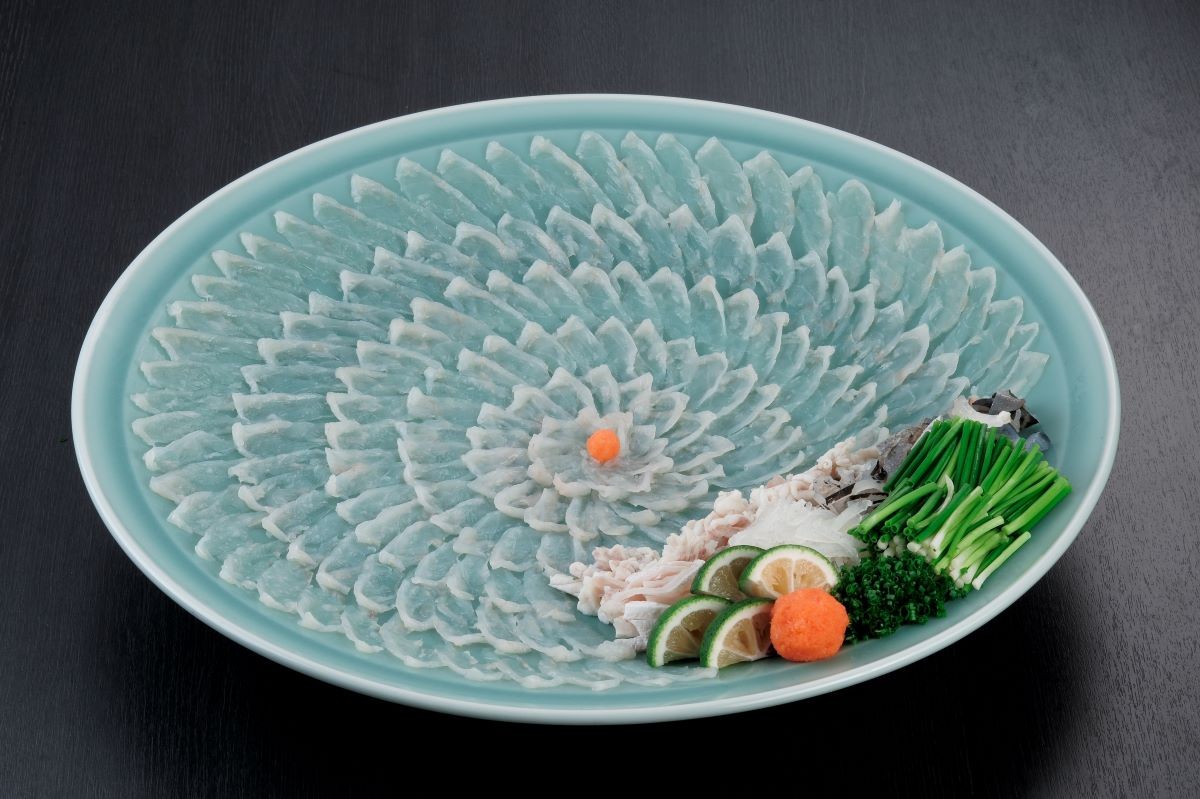
Yamaguchi Prefecture is known as the home of fugu (pufferfish). Especially in Shimonoseki City, which boasts the largest volume of fugu handling in Japan, you can enjoy high-quality fugu with firm, delicious meat. However, did you know that Hagi City, located in the northern part of Yamaguchi, also has a long history of fugu fishing? In fact, Hagi is responsible for catching most of the wild fugu in the prefecture.
With fugu available throughout the region, Yamaguchi is the perfect place to enjoy this delicacy. In this article, we’ll explain the different types of fugu you can taste in Yamaguchi and how to eat them, while also introducing some must-visit restaurants. If you ever travel to Yamaguchi, be sure to use this guide to make the most of your fugu experience!
*Please note that if you purchase or book items featured in this article, a portion of the sales may go to FUN! JAPAN.
Exclusive for KKday x FUN! JAPAN users, Japan tour product coupon codes now available!!
Right now, if you purchase KKday's Japan tour related products for $30 or more from FUN! JAPAN dedicated URL and enter the coupon code "KKFUNJ10", you will receive a 10% discount!
This is a limited time campaign until Tuesday, December 31, 2024, so don't miss this great opportunity to save on your Japan trip!
[Important notes regarding coupon codes]
① Maximum discount: Up to $6
② Applicable tour departure date: "September 27, 2024 – March 31, 2025"
③ Can be used only once per KKday member
④ Can be used only once in this campaign
⑤Some products, such as airline tickets, may not be eligible. Please refer to the details on the purchase page for more information.
What is the "Fugu" That Hagi City in Yamaguchi Prefecture is Proud Of?
In Hagi City, the Mafugu (Japanese pufferfish) is highly valued. Known locally as "Nameta" or "Namera" due to its smooth skin without spikes, this fish has been cherished for generations.
The peak season for fishing Mafugu is from February to April. Much of the Mafugu brought to the famous Shimonoseki Haedomari Market, known as Japan’s largest fugu market, is caught by the fishermen of Hagi, giving them the top share in the nation. While Torafugu (tiger pufferfish) is the most well-known variety, the majority of it is farmed. On the other hand, Mafugu is always wild-caught. Its key features include the beautiful color of its flesh and its rich, deep flavor. Local fishermen even say that in terms of taste, Mafugu surpasses Torafugu, and its deliciousness is highly regarded.
[kkday]👉Recommended Leisure, Activities, and Sightseeing in Yamaguchi Prefecture
Types of Fugu You Can Enjoy in Yamaguchi

There are various types of fugu, but here are the three main ones: Torafugu, Mafugu, and Shirosaba Fugu.
1. Torafugu (Tiger Pufferfish)
Torafugu is the most famous type of fugu and is often called the "King of Fugu." It’s considered the most expensive and delicious among fugu varieties and was once only available at high-end restaurants. However, with the increase in farmed Torafugu, it is now sold in regular restaurants and supermarkets. Wild Torafugu is at its best in winter, typically peaking between December and February.
Farmed Torafugu, on the other hand, can be enjoyed year-round. Thanks to improvements in feeding and farming techniques, it has become possible to consistently produce high-quality Torafugu.
2. Mafugu (Japanese Pufferfish)
Depending on the region, it is sometimes referred to as Niigata Fugu or Hokkaido Fugu. Though considered slightly inferior in taste compared to Torafugu, it is often used in Chiri-nabe (fugu hot pot). This relatively large species of fugu can be found throughout Japan, and because it’s harvested in bulk, it is more affordable and popular among the general public.
Although it has a slightly watery taste and lacks bold flavors, its mildness makes it suitable for soups or simmered dishes. Unlike the thin slices used for Torafugu sashimi, Mafugu is best served in thick cuts, giving it a unique texture. Its affordable price makes it easy to incorporate into everyday cooking.
3. Shirosaba Fugu (White Mackerel Pufferfish)
In Shimonoseki and Kitakyushu, this variety is known as "Kanato." Its distinctive green-yellow body and yellowish or whitish pectoral and dorsal fins make it easy to identify. Though it is often sold at a relatively low price, its firm meat makes it ideal for dishes like fried fugu or hot pot.
Delicious Ways to Enjoy Fugu
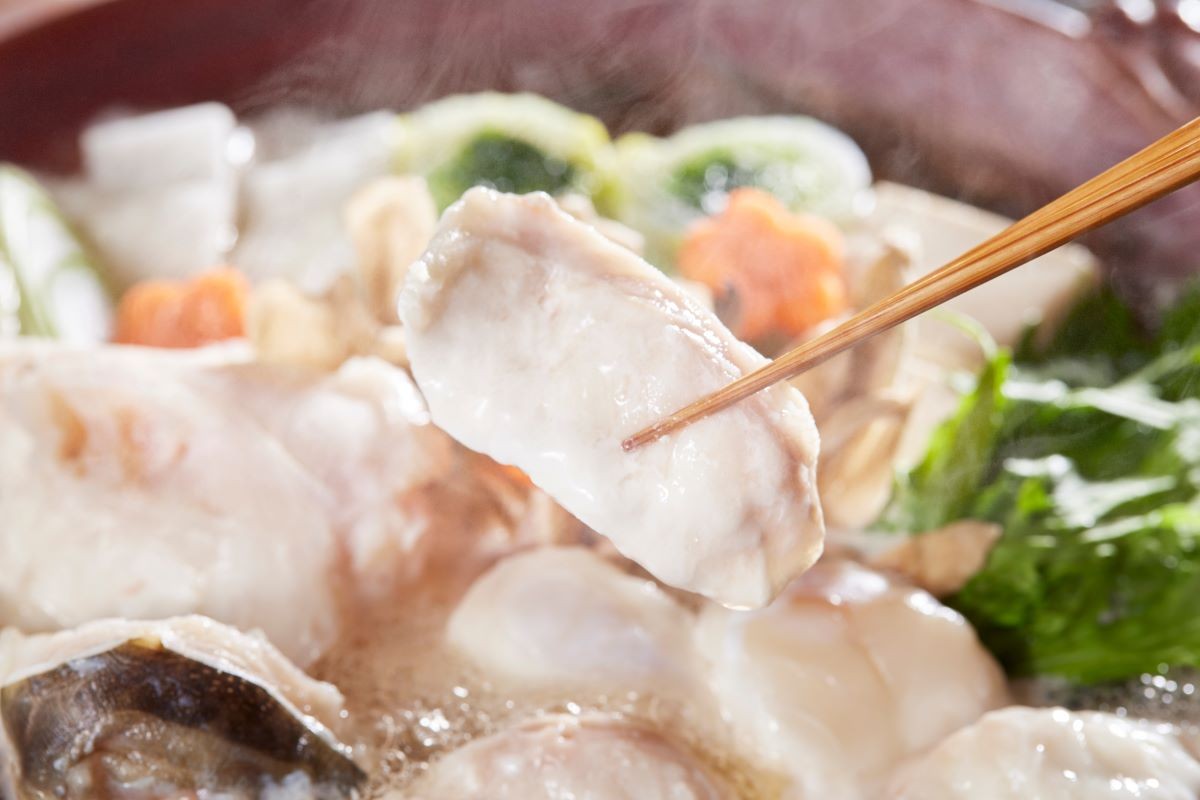
Just as there are many types of fugu, there are also various ways to prepare and enjoy it. Here are some of the most popular methods:
1. Fugu Sashimi (Fugusashi)

If you want to fully appreciate the natural taste of fugu, fugu sashimi is highly recommended. The translucent, beautifully arranged slices allow you to enjoy the delicate, mild flavor and the unique, slightly crunchy texture that is characteristic of fugu.
There are several artistic ways to present fugu sashimi, including arrangements like "tsuru" (crane), "kiku" (chrysanthemum), "kujaku" (peacock), and "botan" (peony). The standard way to eat it is by picking up the slices with chopsticks and dipping them in ponzu sauce. Accompaniments like grated daikon with chili (momiji oroshi) or green onions can be added according to your taste. You might also find finely sliced boiled fugu skin, chilled in ice water, served alongside the sashimi.
Both Torafugu, Mafugu, and Shirosaba Fugu are often served as sashimi, making this a luxurious way to enjoy the fish.
2. Fugu Karaage (Deep-fried Fugu)
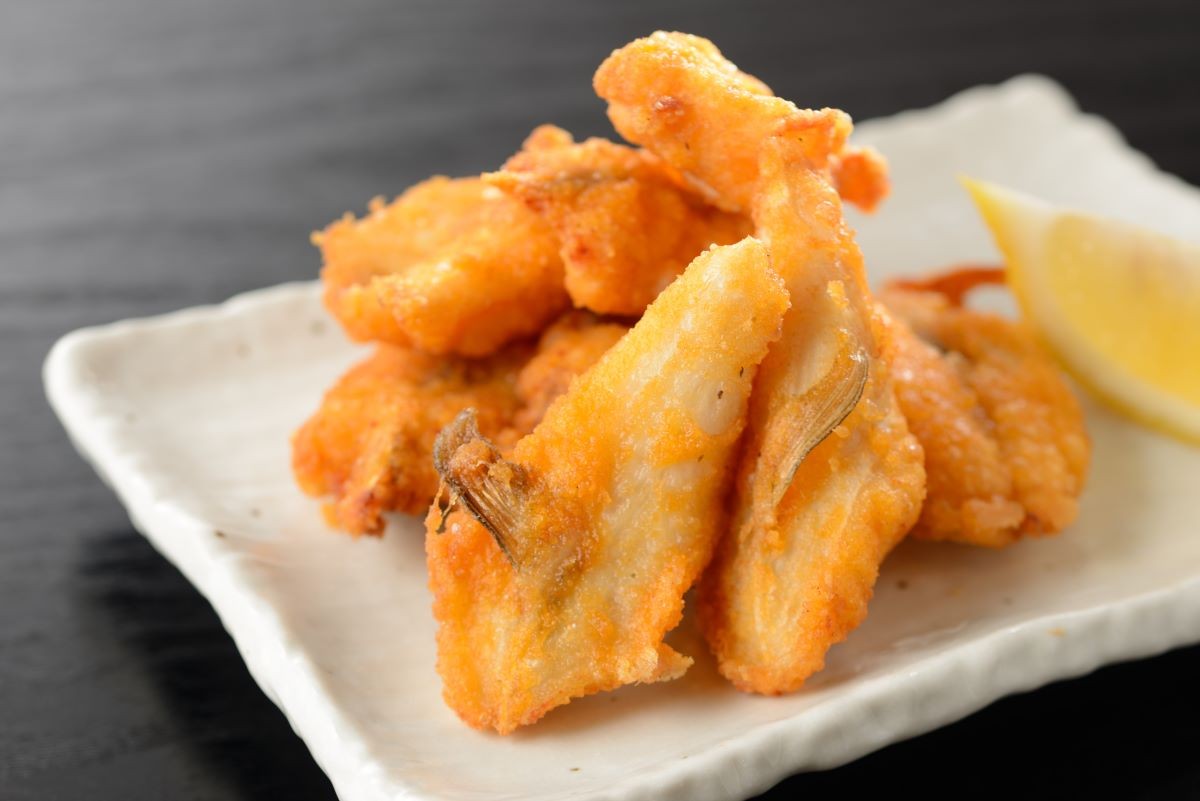
Fugu karaage is lightly seasoned to preserve the natural flavor of the fish. The crispy exterior combined with the tender meat, especially around the bones, creates an exceptional taste experience. This dish is also relatively affordable.
3. Tecchiri (Fugu Hot Pot)

Tecchiri is a hot pot dish where fugu fillets, bones, and vegetables are simmered in a broth made from kombu (kelp). When dipped in ponzu sauce and eaten with garnishes, it’s simply irresistible.
While not as expensive as fugu sashimi, tecchiri is slightly pricier compared to fugu karaage.
Recommended Restaurants for Delicious Fugu
Here are two restaurants in Yamaguchi where you can savor the best of the region’s fugu. Be sure to indulge in this local specialty during your visit!
Hagi no Yado Tomoe
Founded in 1925, this historic inn was once known as the "Hagi Guesthouse." It features a tranquil Japanese garden and serves meals that incorporate plenty of local ingredients. It’s the perfect spot to relax and enjoy a peaceful meal. One of the must-try dishes is the exquisite combination of fugu sashimi with sea urchin soup, featuring slices of Mafugu.
- Name: Hagi no Yado Tomoe
- Address: 608-53, Tohara, Hagi, Yamaguchi, 758-0025, Japan
- Hours: For overnight guests only
- Closed: N/A
Kappo Chiyo
As the oldest kappo restaurant in Hagi City, Kappo Chiyo offers a wide range of traditional local dishes, creative Japanese cuisine, and a selection of local sake. Many visitors from within and outside the prefecture come to enjoy their fugu dishes, including fugu sashimi, boiled fugu, and more.
- Name: Kappo Chiyo
- Address: 20-4, Imafuruhagi-machi, Hagi, Yamaguchi, 758-0021, Japan
- Hours: Wed-Sat 11:30-14:00 / 18:00-22:00, Sun 11:30-14:00
- Closed: Sun (evening), Mon, Tue
- * Closed on Monday evening if it’s a public holiday.
[kkday]👉Recommended Leisure, Activities, and Sightseeing in Yamaguchi Prefecture
Try Fugu in Yamaguchi!
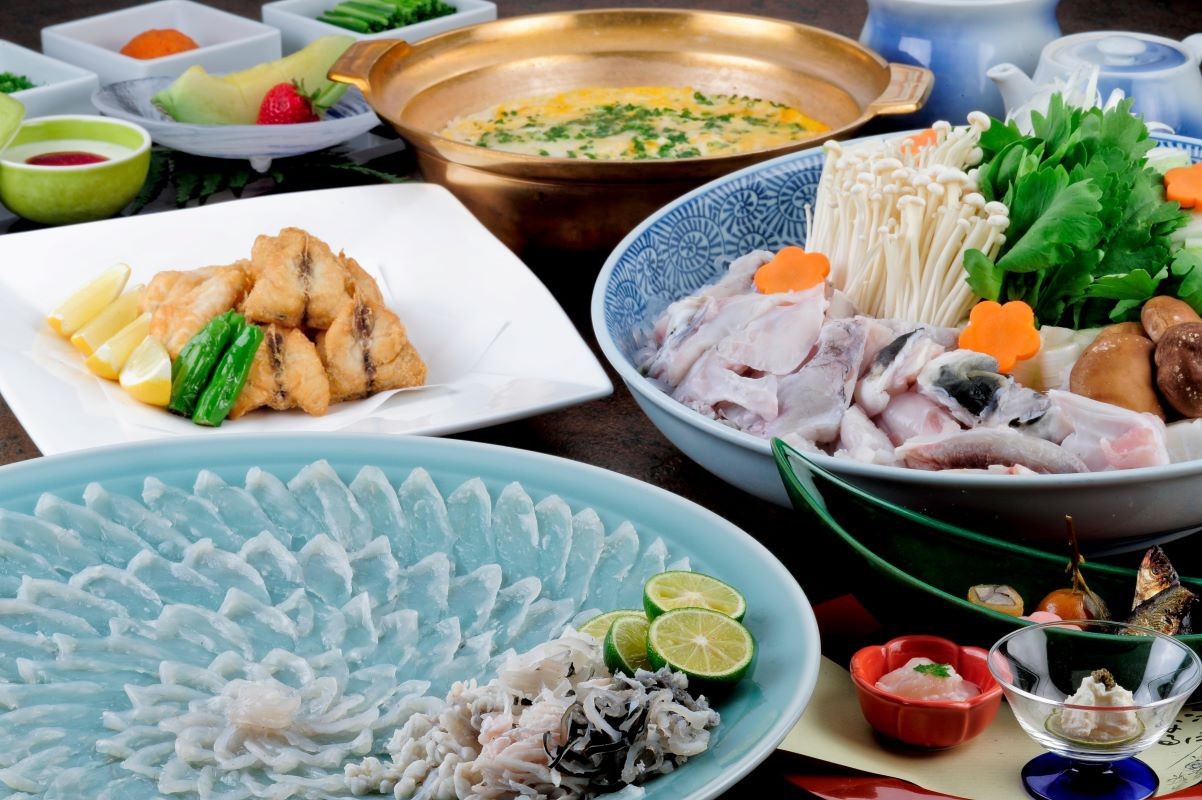
In this article, we've introduced "Hagi City's Fugu," covering everything from basic fugu information to popular fugu dishes and recommended restaurants where you can enjoy this delicacy. When you visit Yamaguchi, be sure to indulge in the local specialty—delicious fugu cuisine!
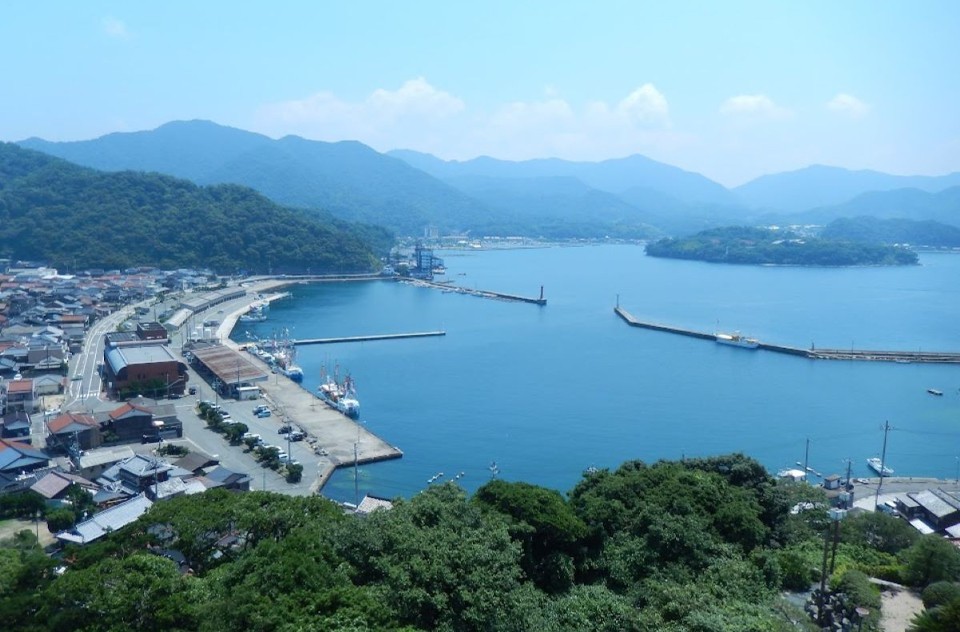

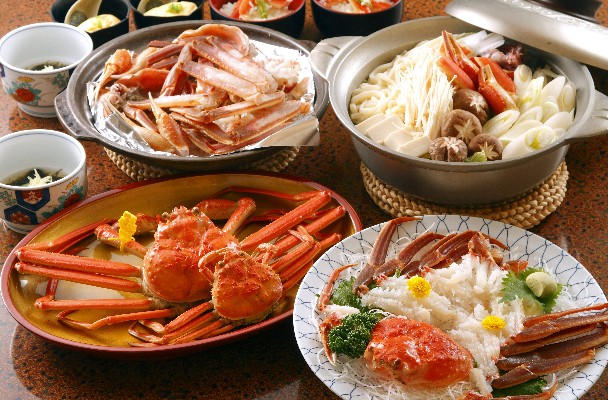
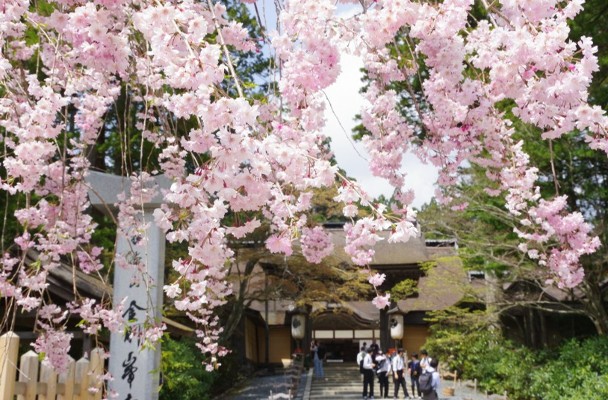
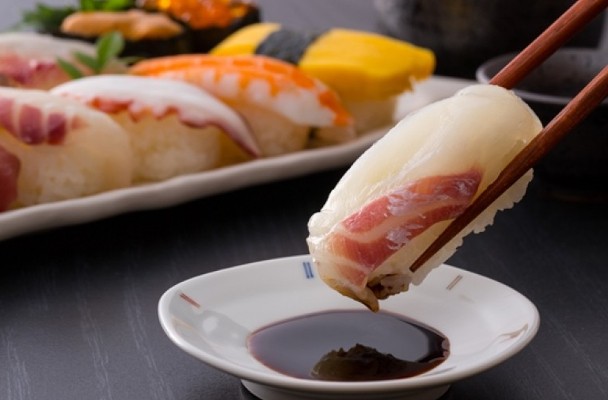
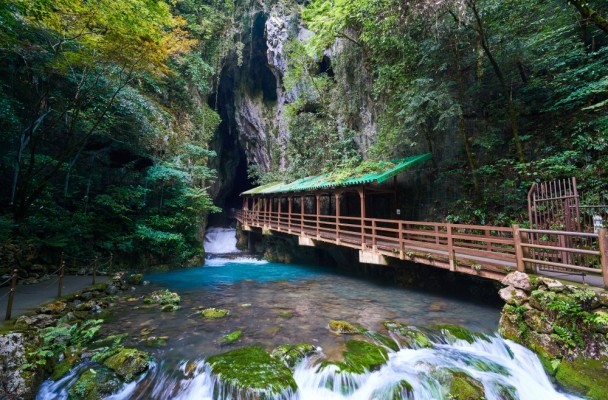
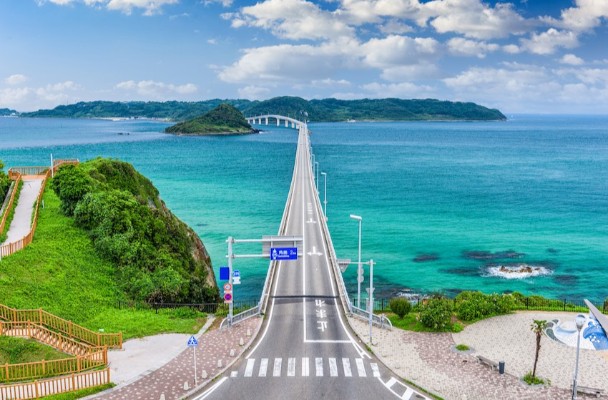
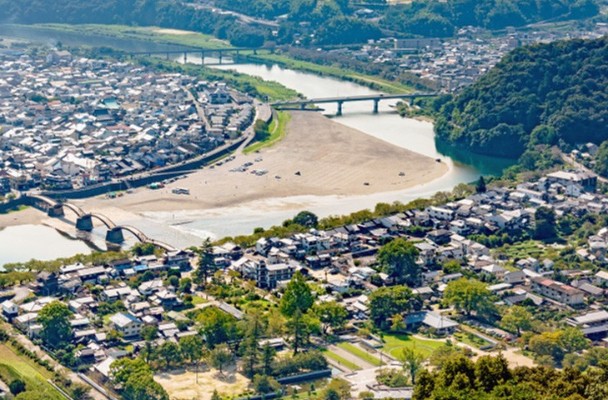

Comments